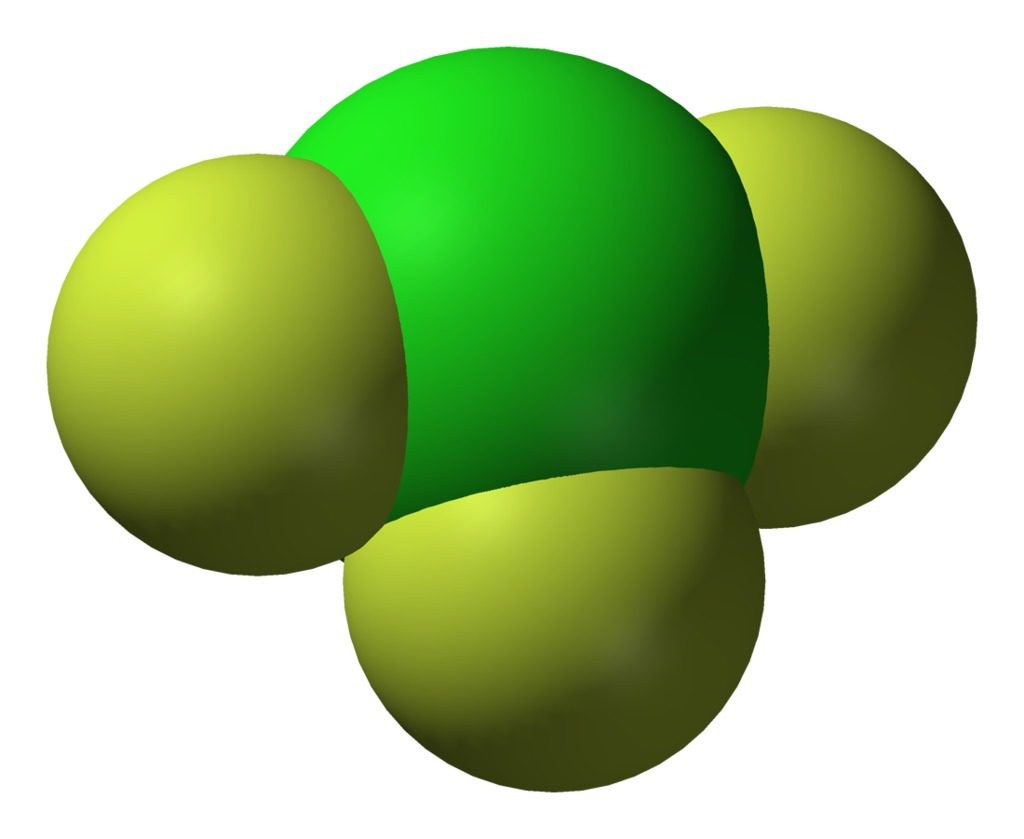October 2018 Chlorine Production
With 23,088 tonnes, the October average daily production was 5.7% lower than in the previous month (September 2018: 24,477 tonnes), and 11.4% lower than in October 2017 (26,045 tonnes).
With 197,858 tonnes, the October 2018 caustic soda stocks were 14.3% lower than in the previous month (September 2018: 230,979 tonnes), and 8,402 tonnes below the level of October 2017 (206,260 tonnes).
The following tables give the details of chlorine production and caustic soda stocks in the EU-28 countries plus Norway and Switzerland in October 2018.
Chlorine production & capacity utilisation - EU 28 + Norway/Switzerland
| Month | Production (tonnes) | Capacity Utilisation (%) | |||
| 2017 | 2018 | % change | 2017 | 2018 * |
|
| January | 841,842 | 843,064 | 0.1 | 82.9 | 88.2 |
| February | 775,425 | 782,077 | 0.9 | 84.5 | 90.6 |
| March | 791,946 | 797,616 | 0.7 | 78.0 | 83.5 |
| April | 780,906 | 755,494 | -3.3 | 79.4 | 81.7 |
| May | 835,190 | 813,780 | -2.6 | 82.2 | 85.2 |
| June | 828,540 | 788,642 | -4.8 | 84.3 | 85.3 |
| July | 865,803 | 819,044 | -5.4 | 85.2 | 85.7 |
| August | 849,817 | 803,431 | -5.5 | 83.6 | 84.1 |
| September | 778,222 | 734,297 | -5.6 | 79.2 | 79.4 |
| October | 807,396 | 715,713 | -11.4 | 79.5 | 74.9 |
* We have updated the Capacity Utilisation based on the 2018 capacity data provided in the Euro Chlor annual statistical survey report. 2018 Capacity is used due to mercury plants closures in 2017.
Caustic soda stocks (tonnes)
| 2017 | 2018 | |
| January | 202,438 | 254,773 |
| February | 226,314 | 279,094 |
| March | 200,896 | 260,683 |
| April | 195,889 | 259,979 |
| May | 189,783 | 271,412 |
| June | 179,166 | 256,396 |
| July | 193,778 | 236,654 |
| August | 208,486 | 241,633 |
| September | 197,706 | 230,979 |
| October | 206,260 | 197,858 |
For more information please contact:
Dolf van Wijk, Executive Director, Euro Chlor, +32 2.676.73.70.
About Euro Chlor
Euro Chlor represents 34 full member companies producing chlorine at 65 manufacturing locations in 19 countries.
Note to editors:
Some of the totals for each month may vary slightly compared with figures used earlier. Please rely on the most recent information since it sometimes happens that we have to estimate when a producer is late in providing data. This is subsequently adjusted when the actual figure becomes available.

